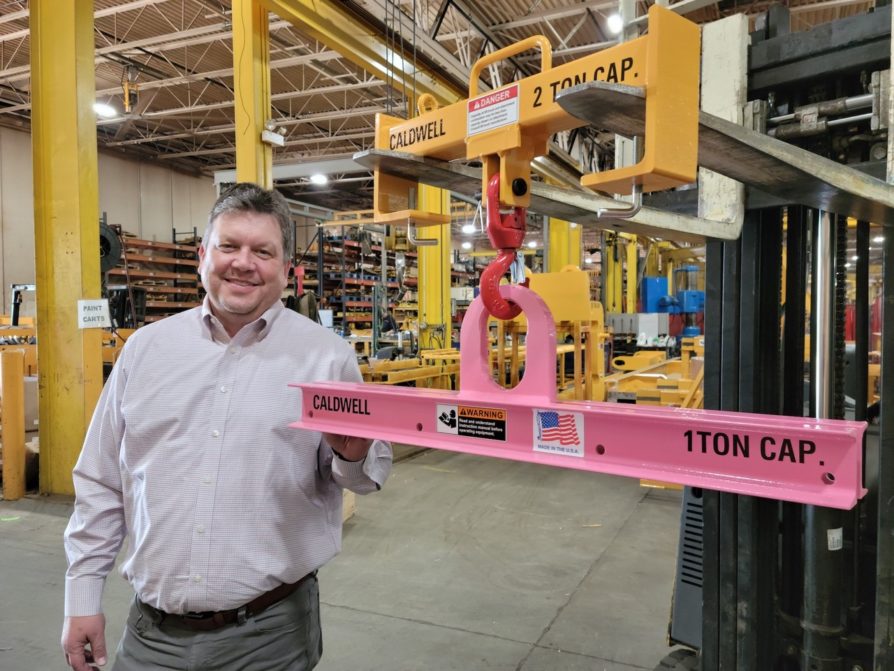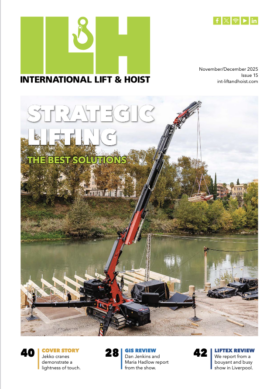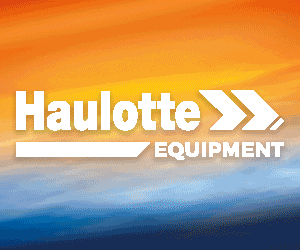)
College suite
In the second of a two-part article, Doug Stitt, president and CEO at The Caldwell Group Inc., reminds industry why an educational approach must be taken from shop floor to C-suite.
As I wrote in conclusion to this column in the last edition of 2023, I go to the same Company College as a new starter on my fabrication floor – and pay the same fees. Company College, remember, represents the ideal of what we want to create for the training and development of our people. That ranges from those coming in for their first day of work with us to others who have been with the company for a period of time, eager to onboard new skills. It has become critical in stemming the brain drain that is going on right now more widely, especially as people retire.
Tribal knowledge, as we discovered, is a big threat to business as another year gathers pace, which will again be a record 12 months for expertise being taken to the golf course and country club before it is passed down to the next generation of workers. I know this threat exists globally; it was touched upon in videos from the recent LiftEx trade show in the UK, for example. And its organiser, the Lifting Equipment Engineers Association (LEEA), is acutely aware of it.
Creating a Company College is a way of guarding against this; we want a structured, intentional way for people to be able to learn and develop, even as technology drives people towards (wrongly) thinking that such endeavours are worthless.
We started our earlier conversation at the production line or assembly shop at a manufacturing business. However, an educational approach must be taken from shop floor to C-suite.
Face recognition
Finding a place in the new world – nay, succeeding in it – means looking at continued improvement and development across all facets of a business. Artificial intelligence (AI), automation, and robotics are no longer exclusively about replacing menial tasks or repetitive manual handling processes; we must look at them as part of the solution to replacing retiring baby boomers, and improving sales, marketing, and engineering functions.
But it only works if we find a way for people and robots to work together, with our workforce doing the higher valued work on the products that require thought and reasoning. We spoke last time about workers looking for specialised welding challenges being freed up to work on those types of projects, and those more interested in automation figuring out the most efficient, elegant way to produce repetitive products, repetitively. It’s the same all the way up to the C-suite.
Reality is – and I’ve heard this said recently by many fellow industry commentators and stakeholders – lifting will always be a people business, at all levels of the supply chain, because of the level of knowledge required to apply our sector’s expertise to the multitude of end-user applications even within a single vertical marketplace. That’s without mentioning the myriad of customisations that relatively few engineers can oversee at a select group of specialised companies globally. We must build this level of expertise in the next generation, with technology by their side.
Jeff Ferchen, director, business development, at my company, captures this eloquently: “While others are moving away from customer service, we are doubling down on it,” he says.
What he means isn’t that we care more about our customers than the next business—every firm can (and does) say that—but he’s pointing to inclusion of dealers and end users in improvement strategy. Does the customer really benefit by overnight replacement of a human being with an automated answering system? Of course not. Technology might’ve given us an opportunity to be clever, but it also enables us to be dumb. And I think that’s what Jeff alludes to.
Many companies are offering automated customer services, from phone systems to ecommerce. We have an online platform that allows for research, ordering, quoting, etc., while using our SmartSpec enables you to configure your own products. However, we continue to invest in human beings for those that want personal interaction.
In hollering that you score highly in customer satisfaction scores or that you’ve revamped procedures to put the client first is an empty gesture; worse, it implies finality—that it’s a job done. As Jeff would concur, by contrast, it’s better to acknowledge that you’re not perfect.
That’s the point; constantly identify ways to be better and show people how they can measure continued improvement. That is the syllabus (see insert).
Using technology
In conclusion, we can go back to what we were saying at production level. Businesses should want to continue to develop their people so that there is the opportunity to have more engaging interaction with customers. Again, it underscores the use of technology to highlight people. More and more, you hear of technology replacing people. AI is going to take over the world, we read. Better to look at using technology to free up people so they can have better interactions, with the goal of improving the overall customer experience.
You’re in one of two camps: in the first one, you realise that things are different, and require a more thoughtful and creative approach to developing today and tomorrow’s workforce. In the second one, your head is in the sand; you realise things have changed, but you continue to try to implement simplistic and outdated methods of hiring and development. We’re at least in the first camp; we’re not perfect but understand what needs to be done and are working to frequently enhance our plan and, more importantly, our commitment to it.
Where will you pitch your tent?











